A Berlin museum displays the bronze statues of two horses that Adolf Hitler once commissioned. They were meant to symbolize the strength of the Nazi regime. Now for the “toxic art” debate.

“Stepping Horses” – this example by Josef Thorak is already part of a permanent exhibition in the Spandau Citadel
“Hitler's Stallions” they are called, the three meter high bronze sculptures , tons heavy. In National Socialism they stood in front of Adolf Hitler's Reich Chancellery. Now two of the sculptures are to be shown again for the first time in the Spandau Citadel.
The “Striding Horses” are a design by the Viennese sculptor Josef Thorak – one of Hitler's favorite artists. That's why they are nicknamed “Thorak horses”.
Hitler had them made for the New Reich Chancellery in central Berlin, where they stood in the garden under the window of his study for several years. In 1943 they were brought to Wriezen in the Oderbruch by the New Reich Chancellery. After the end of the war they fell into the hands of the Red Army.
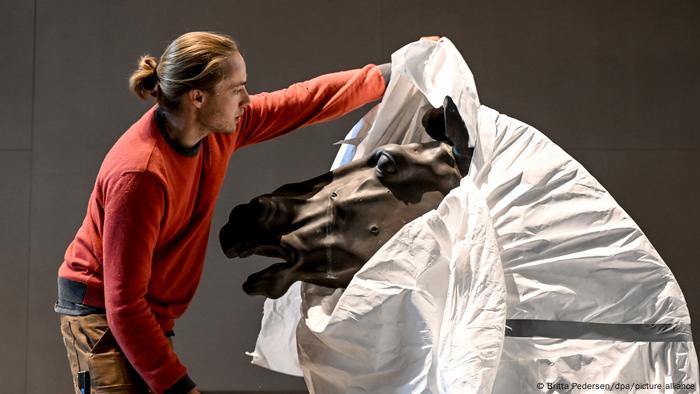
Arrival at the Spandau Citadel: A restorer unpacks one of the Thorak horses
Jewellery for “Germania”
One of the horses has been in the exhibition at the Berlin Citadel for some time, and a second specimen is now being unveiled and examined by the restorers. According to the museum, on the Open Monument Day on September 10, 2023, it will be permanently presented again for the first time with other problematic works of art. The sculptures should – according to Hitler's vision – decorate the “imperial” capital “Germania” – plans for the new Nazi city were already in place.
The fact that the horses can now be publicly exhibited again is one thing thanks to the internationally most famous art detective: Arthur Brand. He tracked them down. Because the horses had been missing for a long time – they were only rediscovered in 2015.
Why should you exhibit Nazi art?
After a major raid on a dubious art dealer ring that operated in secret in Germany, the horses were discovered in Bad Dürkheim. The police seized the horses, as well as sculptures by Fritz Klimsch and Arno Breker, who were also among Hitler's favorite artists.
The works should be sold on the black market – because Nazi art is taboo on the official art market. So why is this art exhibited in the citadel?
The aim of the museum is to make it clear to what extent different state powers – from the German Empire to the GDR – tried to shape the Berlin cityscape with their monuments between 1849 and 1986.
“Evidence of the German history”
“Due to the political upheavals in the 20th century, monuments were repeatedly removed from public space that represented a problematic or even threatening memory or appreciation for the new system,” says the website of the Spandau Citadel. “The museum offers an opportunity to engage with the great symbols of the German Empire, the Weimar Republic, National Socialism and the GDR that should have been buried and forgotten – and now fulfill a new function as testimonies to German history.”
Some people may raise their eyebrows when they hear the keyword “large symbols” – but the museum emphasizes that it would like to develop into a center for research into “toxic” monuments – which are also testimonies to German history. The federal government has also supported the purchase of the “Striding Horses”.
Nazi sculptures in public places
In 2022, another exhibition of Nazi art caused angry protests. At that time the Munich Pinakothek was insulted in an outraged open letter for showing a painting by the Nazi artist Adolf Ziegler.
At the time, Georg Baselitz, one of the most influential contemporary artists, demanded that the picture be removed. “It's shocking that Nazi propaganda is possible in this dingy way in a Munich museum,” says Baselitz.
It's also a “bad” picture. He found it insulting that Ziegler's work was in the same room as the artists he pursued. “Ziegler destroyed art and artists. He doesn't belong in the hall of his victims,” wrote Baselitz, according to the “Süddeutsche Zeitung”.
Many Nazi propaganda sculptures can still be seen in public spaces, such as in the Berlin Olympic Stadium, which was commissioned by the Nazi regime for the 1936 Olympic Games. In the run-up to the 2006 World Cup, where the Olympic Stadium was one of the venues, some activists called for the statues to be removed. However, the city refused on the grounds that removal would constitute a denial of German history.
Adapted from English: Silke Wünsch.
This is an updated version of an article dated January 13, 2023.
 “Degenerate Art”: How Hitler and the Nazis defamed art
“Degenerate Art”: How Hitler and the Nazis defamed art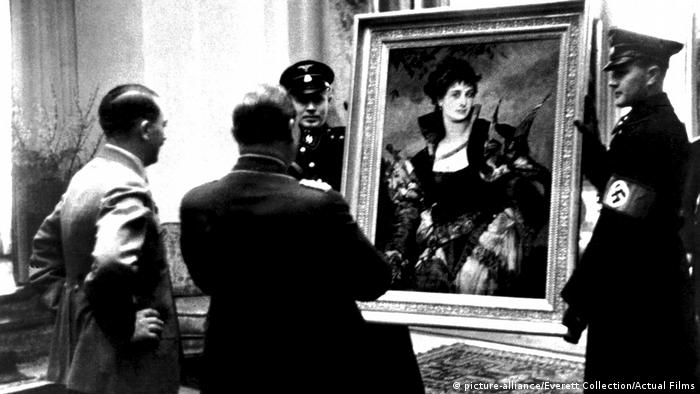 ” Degenerate art”: How Hitler and the Nazis defamed art
” Degenerate art”: How Hitler and the Nazis defamed art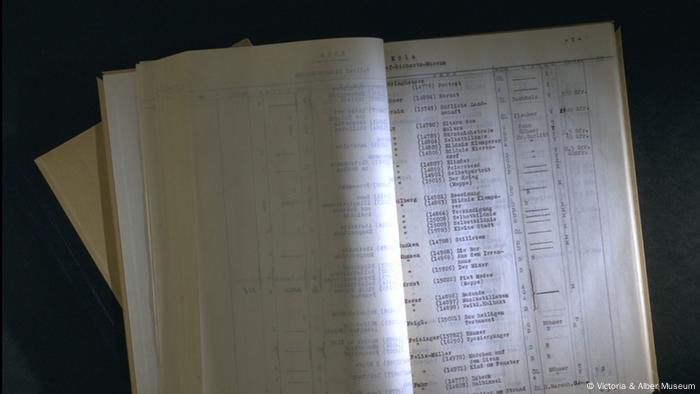 “Degenerate Art”: How Hitler and the Nazis Defamed Art
“Degenerate Art”: How Hitler and the Nazis Defamed Art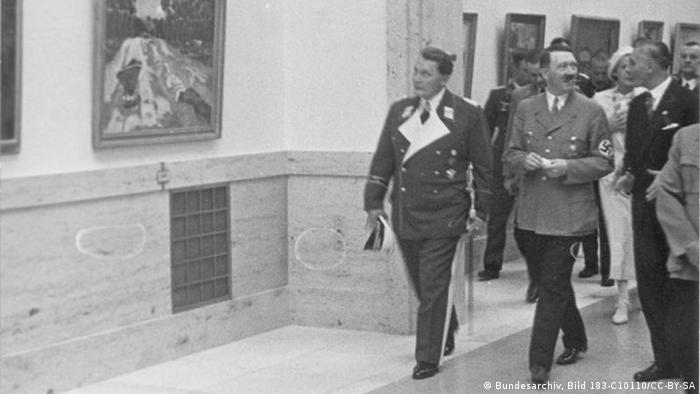 “Degenerate Art”: How Hitler and the Nazis defamed art
“Degenerate Art”: How Hitler and the Nazis defamed art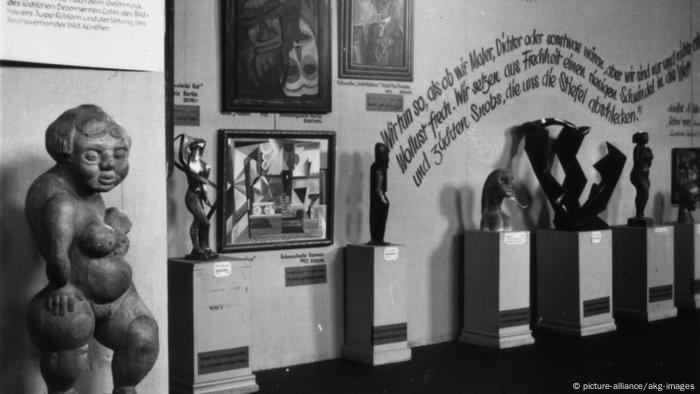 “Degenerate Art”: How Hitler and the Nazis defamed art
“Degenerate Art”: How Hitler and the Nazis defamed art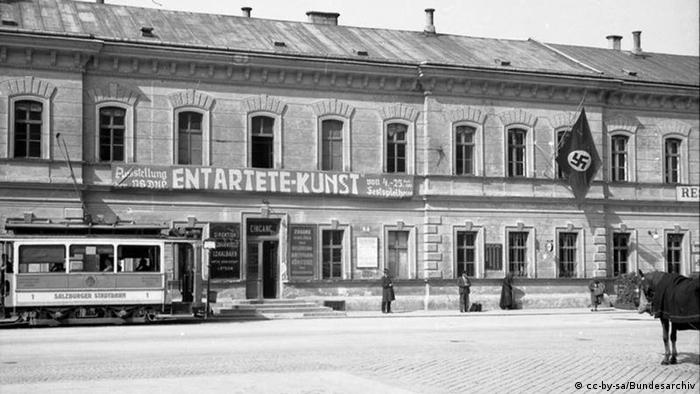 “Degenerate Art”: How Hitler and the Nazis defamed art
“Degenerate Art”: How Hitler and the Nazis defamed art “Degenerate Art”: How Hitler and the Nazis defamed art
“Degenerate Art”: How Hitler and the Nazis defamed art “Degenerate Art”: Like Hitler and the Nazis Art defamed
“Degenerate Art”: Like Hitler and the Nazis Art defamed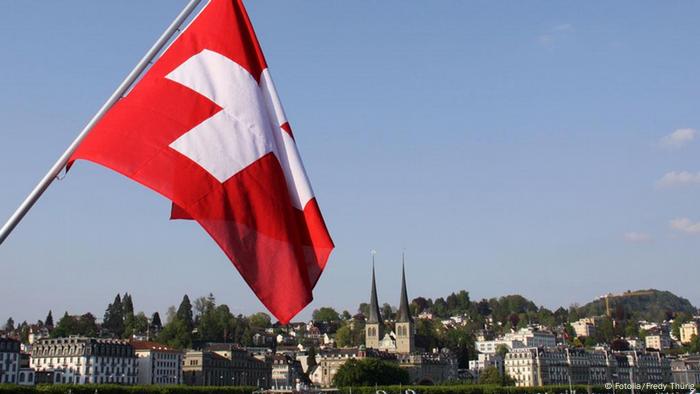 “Degenerate Art”: How Hitler and the Nazis defamed art
“Degenerate Art”: How Hitler and the Nazis defamed art “Degenerate Art”: How Hitler and the Nazis defamed art
“Degenerate Art”: How Hitler and the Nazis defamed art